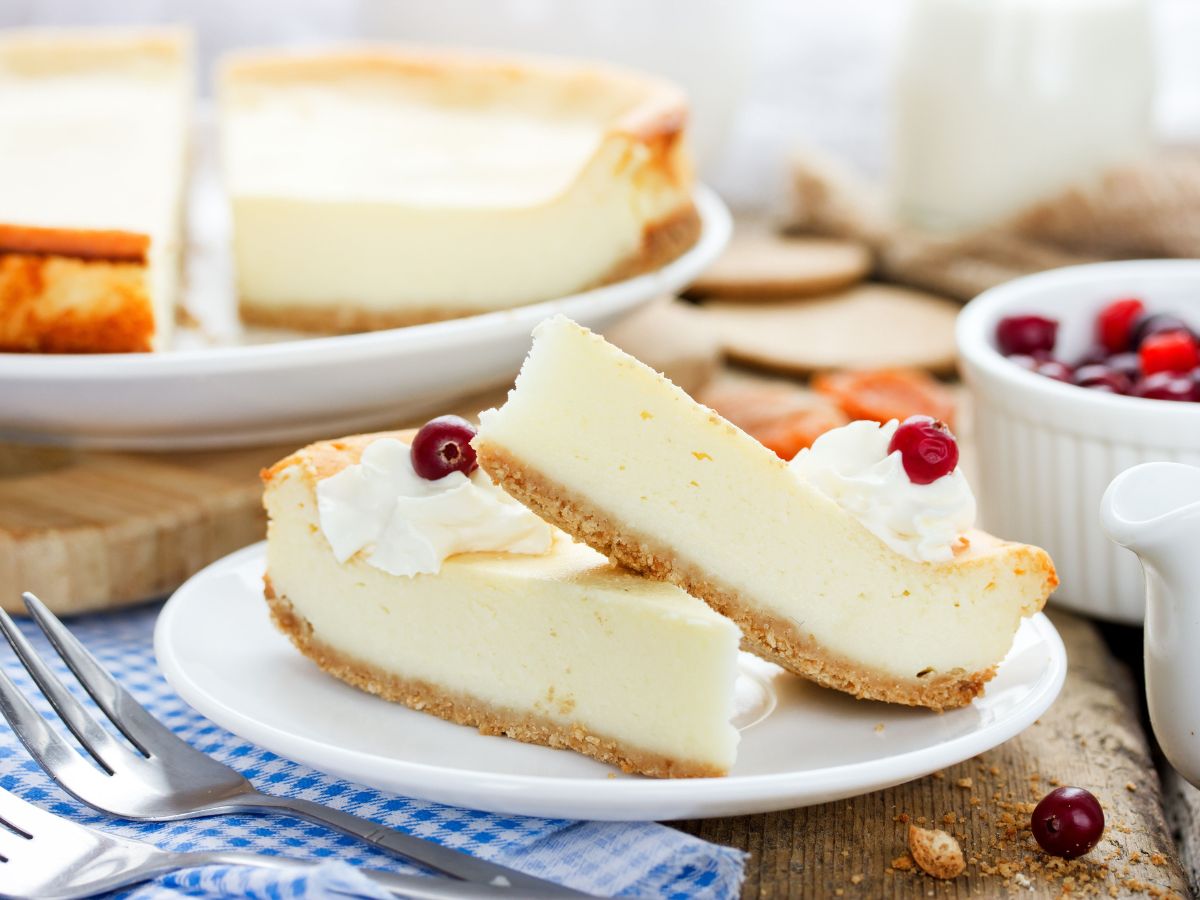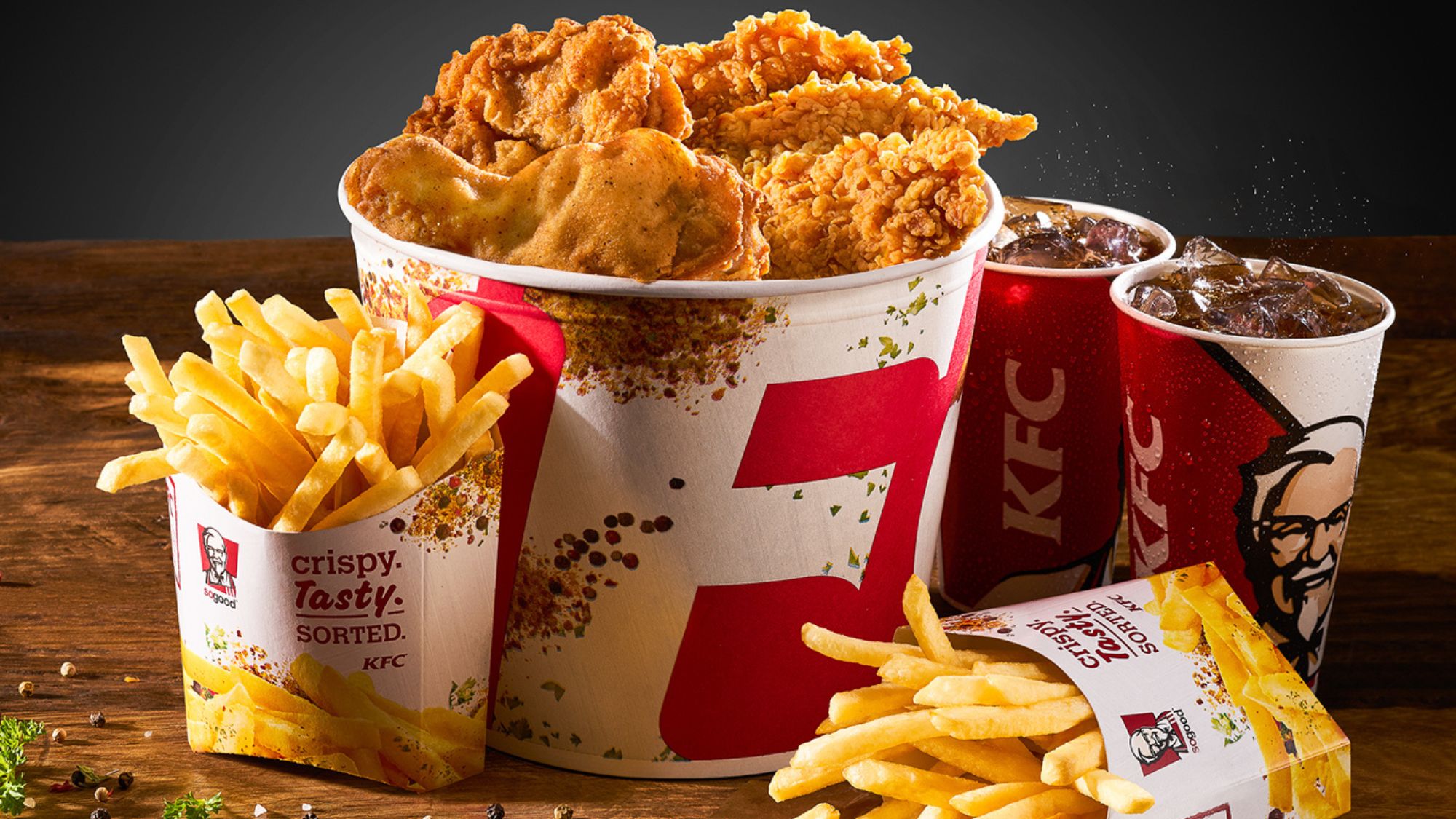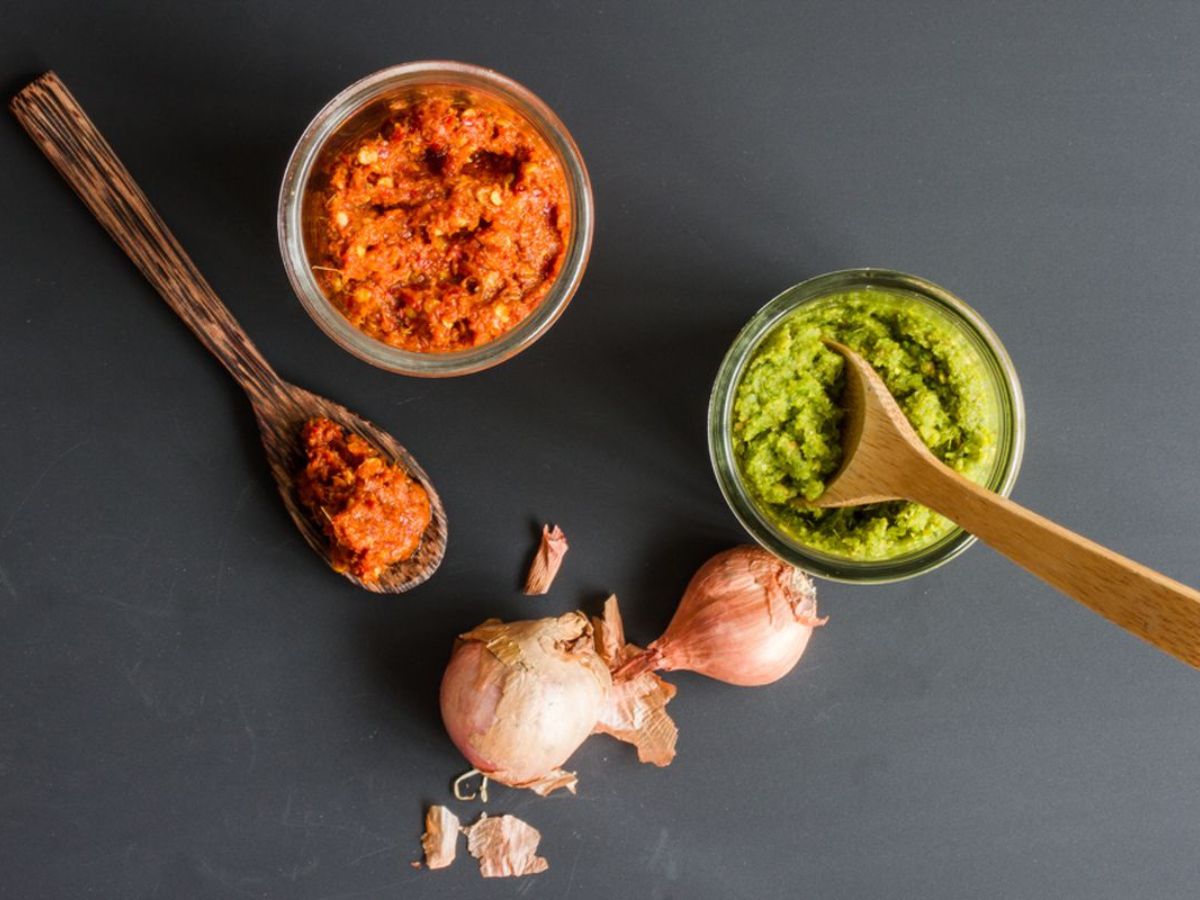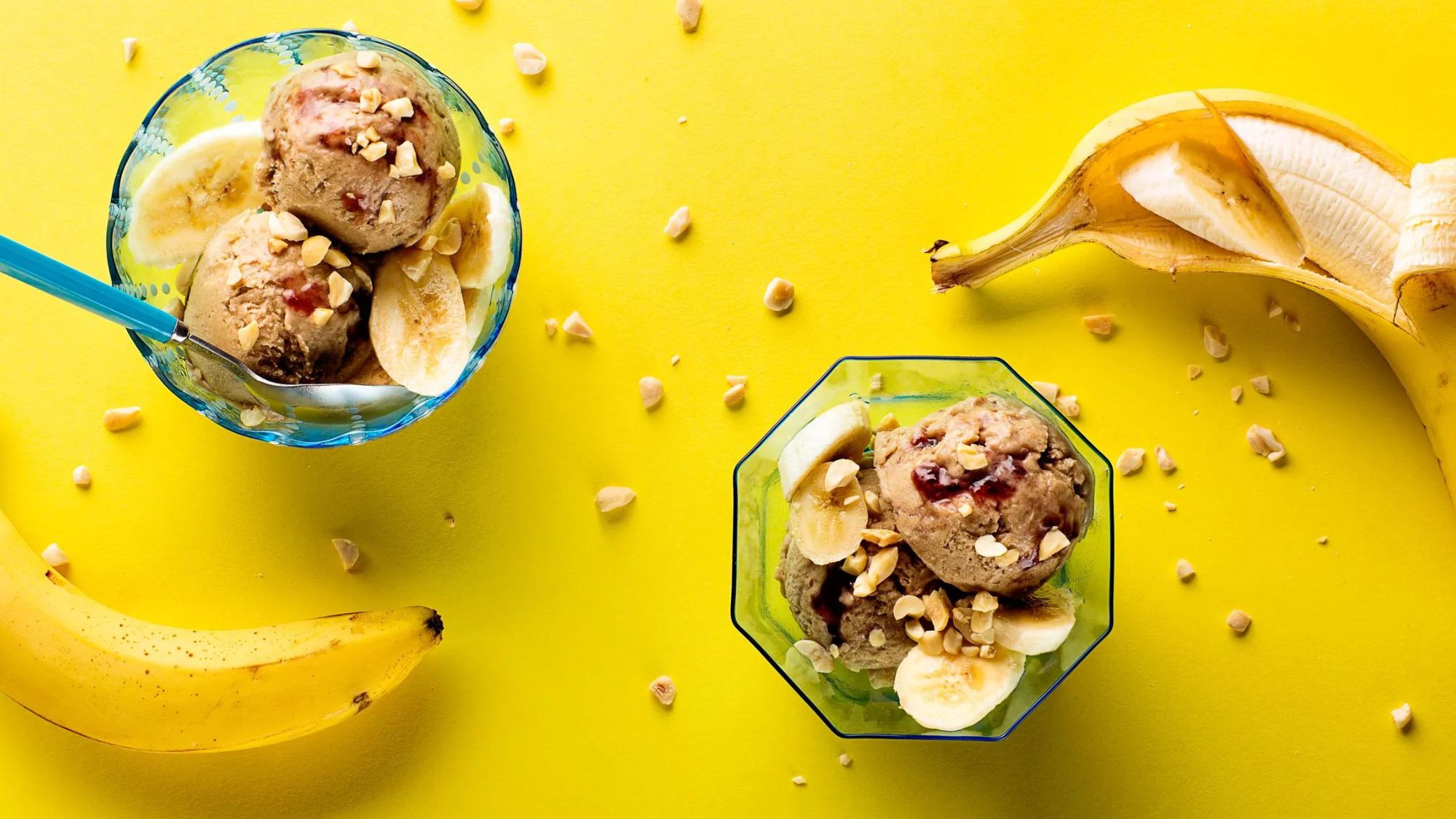Introduction:
Delicious cheesecake is a classic dessert known for its rich taste and creamy texture. Cheesecakes have become popular all around the world. They started on a small scale, but now almost everyone provides cheesecake delivery. Making the delicious cheesecake calls for a harmony of exact methods, great ingredients, and some patience. From choosing the correct cheese to learning the baking technique, this book will help you through every stage to produce a delicious cheesecake that is smooth, flavourful, and visually striking. Whether you are a novice or an experienced baker, this thorough instruction will enable you to consistently create delicious cheesecake excellence.
Selecting Delicious Cheesecake
Types of Cheesecake
Among the numerous forms of cheesecakes are Italian, no-bake, and New York-style ones. While Italian cheesecake is lighter and often utilizes ricotta, no-bake cheesecakes rely on gelatin or whipped cream to set without baking; New York-style delicious cheesecake is recognized for its rich and creamy texture.
Main Ingredients
A delicious cheesecake consists mostly of the crust, the filling, and the topping. Every component enhances the dessert’s general taste and texture. Knowing how these ingredients interact helps to produce a wonderful and well balanced cheesecake.
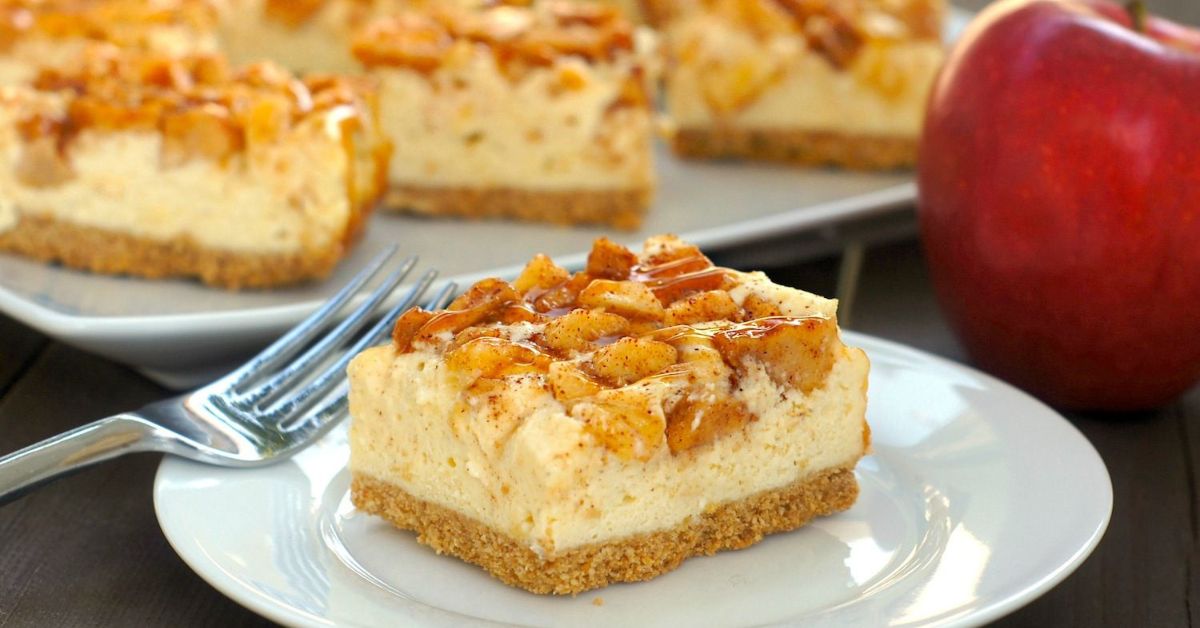
Selecting Ingredients
The most often chosen is cream cheese because of its tangy taste and smooth texture. Usually constructed from broken graham crackers or digestive biscuits combined with melted butter and a small quantity of sugar, the crust is Use cookies like Oreos or gingersnaps for another taste.
The filling calls for granulated sugar, but you could also play with brown sugar, honey, or maple syrup. Taste of your delicious cheesecake might be improved with flavorings including spices, citrus zest, or vanilla essence.
Preparing the Crust
Combining 1 ½ ½ cups of graham cracker crumbs, ¼ cups of granulated sugar, and 6 tablespoons of melted butter results in a traditional delicious cheesecake crust. Once completely blended, firmly press the mixture into the bottom of a springform pan.
About ten minutes of pre-baking the crust at 350°F (175°C helps to firm it and stop it from turning mushy. Let it cool totally before adding the delicious cheesecake filling.
Making the Cheesecake Filling
Creaming the Cheese
To guarantee a smooth filling, first softening the cream cheese to room temperature will help. To avoid lumps, beat the cream cheese till creamy and smooth. Best results come from either a stand mixer or electric mixer.
Incorporating the Sugar
Add the granulated sugar to the cream cheese gradually, mixing thoroughly until well blended. Complete mixing the sugar will help to prevent any graininess in the finished filling.
Adding Eggs
One egg at a time, beat thoroughly following each addition. After adding the eggs, over-mixing can include extra air and cause cracks in baked goods.
Incorporating Flavorings
Add any other flavours—vanilla extract, citrus zest, or spices. Make sure these are thoroughly combined with the filling for a smooth, even taste.
Combining Ingredients
Fold gently any extra components—such as melted chocolate, heavy cream, or sour cream—here. These give the cheesecake depth and complexity.
Baking the Cheesecake
Preparing the Pan
Parchment paper will make the bottom of your springform pan easily removable. To stop water from leaking in during the water bath procedure, wrap the pan’s outside with aluminum foil.
Water Bath Method
Use a water bath to guarantee consistent baking and to stop cracks. Coming halfway up the sides of the springform pan, place the wrapped pan in a bigger roasting pan and add hot water to it. This controls baking’s temperature and moisture level.
Baking Temperature and Time
To guarantee equal cooking, bake the cheesecake low—about 325°F (160°C). Usually, the baking period runs from fifty to seventy minutes. Though still rather jiggly, the centre should be set.
Cooling and Setting
Turn off the oven and lightly crack the oven door. Let the cheesecake cool in the oven door ajar for roughly one hour. This slow cooling helps avoid cracks brought on by abrupt temperature swings.
Refrigerate the cheesecake for a minimum four hours or overnight once it has cooled. Chilling lets the cheesecake develop its flavors completely and harden up.
Adding Toppings
Top your cheesecake with fresh fruit, sliced citrus or berries. Additionally providing sweetness and texture are fruit compotes or sauces.
Chocolate ganache, caramel sauce, or a layer of whipped cream might be further decadent additions. Extra taste and crunch can come from crumbled cookies, toffee bits, and nuts.
Serving the Cheesecake
Run the knife around the edges of the cheesecake from the springform pan, then release the sides carefully. Slice the cheesecake with a hot, dry knife to present more cleanly.
Present the cheesecake from a cake stand or beautiful platter. For a sophisticated garnish, toss fresh fruit, drizzle sauces, or sprinkle powdered sugar.
Conclusion:
In conclusion, preparing a good cheesecake requires precision and culinary skill. Rich and delicious cheesecake may be made by carefully selecting excellent ingredients, following proper preparation and baking methods, and letting your cheesecake chill. Be patient and attentive whether you use conventional flavors or try new ones. These suggestions will help you make a cheesecake that pleases your taste buds and wows your guests, making every piece a treat. Elevate any occasion with express chocolate brownie delivery – the perfect way to surprise a friend or simply treat yourself.
Also, read: Pizza Oven Cooking Tips For Beginners To Get Started







